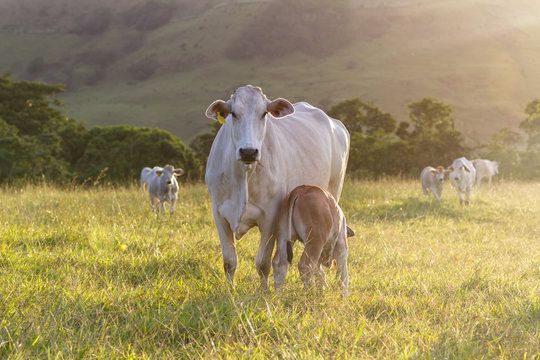Costa Rica’s Dairy Sector: A Pillar of Economic, Social, and Environmental Stability

The sector holds significant economic, social, and environmental importance, contributing approximately 480 billion colones annually to the national economy. It generates stable, year-round employment, sustains rural livelihoods, and ensures the country’s dairy supply while exporting products worth over $150 million annually.
Economic Contribution and Employment
The dairy industry directly employs 28,000 people in primary production, 10,000 in value-added processes, and another 5,000 indirectly. Its presence in rural areas, where job opportunities are limited, plays a crucial role in regional development and social cohesion. Over 300 formal dairy processors and more than 1,000 artisanal producers registered with the National Animal Health Service (SENASA) drive this robust industry.
With 80% of raw milk used for domestic consumption and 20% for export, primarily to Central America and the Caribbean, Costa Rica has been a net dairy exporter for years. This makes the sector a vital component of the country’s food security strategy.
High Domestic Consumption and Product Variety
Thanks to the growth of dairy farming, Costa Rica boasts one of the highest per capita milk consumption rates in Latin America, exceeding 220 liters per person annually. This supports national nutrition, health, and well-being with a diverse range of high-quality dairy products.
Challenges and Opportunities in Trade Agreements
The sector has navigated the complexities of the DR-CAFTA free trade agreement with the United States, which fully liberalized dairy trade as of January 1, 2024. Negotiated between 2003 and 2004 and enacted in Costa Rica in 2009, the agreement included a 20-year tariff phase-out for sensitive products like fluid milk, powdered milk, butter, yogurt, and cheese varieties.
While the agreement initially introduced import quotas, it led to increased competition from U.S. dairy products, particularly mozzarella cheese, which accounted for $48.4 million of the $64.7 million in U.S. dairy imports in 2024. This surge was driven by the Costa Rican colón’s appreciation against the dollar and a temporary drop in international cheese prices.
Sustaining Food Security Amid Price Volatility
The global dairy market's inherent price volatility underscores the importance of maintaining strong domestic production to safeguard food security and protect consumers from abrupt price shifts. Costa Rican dairy farmers have developed efficient systems with high standards for animal welfare and environmental sustainability, achieving carbon-neutral operations.
Future Challenges and Adaptations
Despite its resilience, the sector faces challenges such as climate change adaptation, competition from non-dairy products, rising utility costs, and regulatory uncertainty. The industry's goals include reducing dependency on imported raw materials, implementing sustainable practices, and aligning with international environmental certifications.
By embracing innovation and sustainability, Costa Rica’s dairy sector aims to enhance its competitiveness, ensuring continued success in both domestic and international markets.











